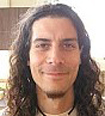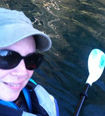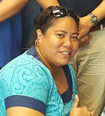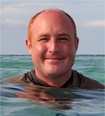Bonds Across the Water is a cultural and natural history exchange program that brings together high school students from different regions in the Pacific Rim – the Hawai'ian Islands, American Samoa, and the western coast of Washington State
Our overarching goal is to connect indigenous and rural communities across the Pacific to share ideas, values, and traditional ways of knowing to address shared environmental challenges. This project will link up students who will be studying and researching in parallel about their local natural environment and cultural community, and then sharing their discoveries and insights using a new online "ePen-Pal" tool.
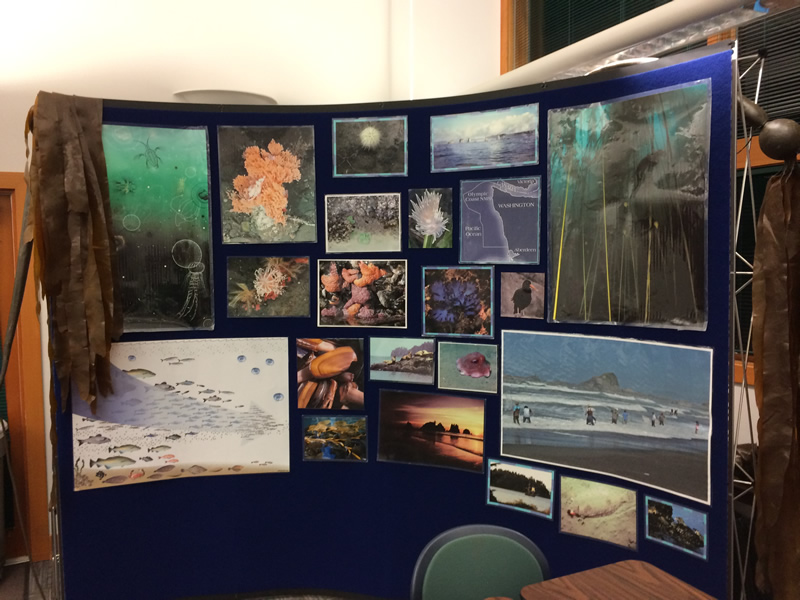
Like its sister project, Follow the Water, the central concept of Bonds Across the Water is that of multiple stressors, or 'multistressors'.
- Nearshore marine ecosystems are facing multiple threats in addition to climate change and ocean acidification, many of which derive from or relate to local freshwater environments: sedimentation, pollution, overfishing, dams, etc.

- In other words, marine ecosystems are facing multiple simultaneous stresses, or multistressors.
- Bonds Across the Water empowers teachers and their students to reduce local stressors on nearshore marine ecosystems through watershed actions like culvert monitoring, planting native streamside vegetation, or stream cleanups.
- By doing so, students become allies of the ocean, and specifically allies of the nearshore environment where their local watersheds meet the ocean.
This rethinking of climate change and ocean acidification as truly local issues simultaneously connects students to the ocean and empowers them, by reframing seemingly distant environmental challenges as near, tangible and solvable.
The inaugural run of the program is currently underay in the 2019-20 school year, with approximately 20 mainly high school classes in Washington, American Samoa and Hawai'i who:
- Attended a 2 day professional development training institute in Forks WA (remote teachers participated in a shortened webinar version of the institute);
- Engaged in field and classroom activities related to stream monitoring, intertidal biology and ocean acidification; and
- Developed concept maps of possible class projects related to Bonds Across the Water subject matter and multistressors.
- And then, throughout the school year, teachers and their students will:
- Plan and carry-out Meaningful Watershed Educational Experiences (MWEEs): investigative or experimental projects that engage students in thinking critically about their local watershed;
- Contribute to the Earth Echo Water Challenge;
- Implement Bonds Across the Water classroom and lab activities;
- Participate in the International Student Carbon Footprint Challenge; and
- Engage in "ePenPal" peer-to-peer conversations with their colleagues in the program around the Pacific Rim.
In the future, we would like to expand the program to indigenous and non-indigenous students worldwide. In the meantime, we invite teachers around the world to use our free resources in your own classrooms!
Bonds Across the Water views the concept of multistressors as a liberating one when it comes to teachers and students engaging in meaningful climate change and ocean acidification action projects.
Participating classes will undertake projects as diverse as studying plastic pollution, undertaking stream restoration and comparing chemistry and biology in streams with differing human impacts.
We have made all of the Bonds Across the Water Resources available on a publicly-accessible and evolving Google drive. Click THIS LINK to be taken to that drive.
Our team consists of laboratory and field scientists, educators, media programmers and pedagogy experts. We worked together to produce a program that engages middle school and high school teachers and their students in ocean and climate issues in an interactive, scientifically-valid and fun fashion.
Dave Cohn is our technical lead.
Funding for the Bonds Across the Water program was generously provided by the National Oceanographic and Atmospheric Administration (NOAA) Office of Education through their Pacific Northwest Bay Watershed Education and Training (B-WET) program. Additional support came from Earth Echo International.


